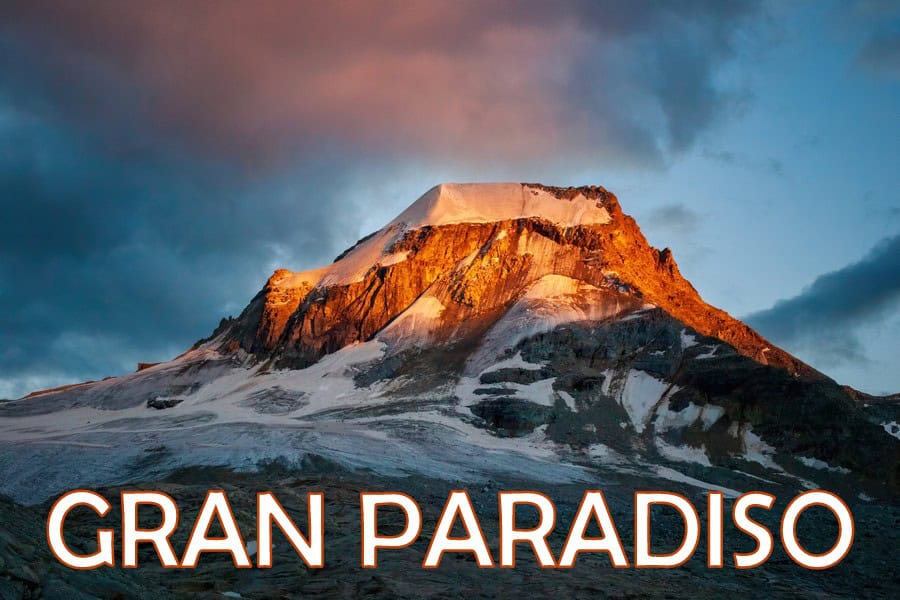
Where is Gran Paradiso Located?
Gran Paradiso is located in northern Italy. It is part of the Graian Alps, which are primarily located along the border between Italy and France, with a smaller portion extending into Switzerland. The Graian Alps are divided into several groups, with the most prominent besides the Mont Blanc group being the La Vanoise group in France and the Gran Paradiso group in Italy.
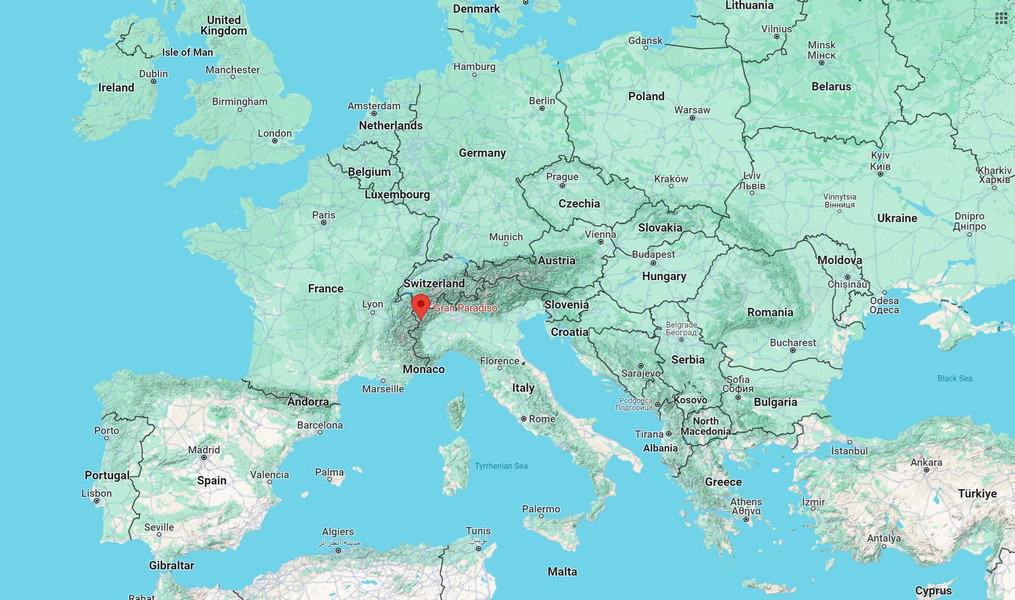
How Tall is Gran Paradiso?
Gran Paradiso is 13,323 feet (4,061 meters) tall. It’s Italy’s only peak above 4,000 meters (1,312 feet) that is entirely within its borders.
How Was it Formed?
Gran Paradiso’s formation traces back to the tectonic pressures between the African and Eurasian plates, much like the rest of the Alps. Around 65 million years ago, intense tectonic activity pushed the Earth’s crust upward, forming the mountains that would become the Graian Alps.
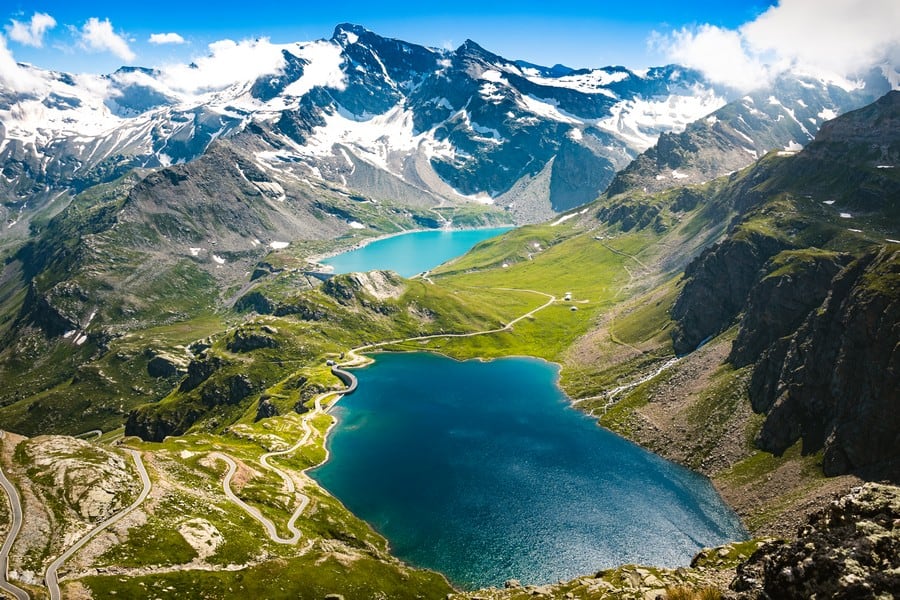
Gran Paradiso, like its neighboring peaks, is largely composed of metamorphic rocks such as gneiss. These rocks originated from ancient sedimentary and volcanic materials that were deeply buried and transformed under extreme pressure and heat.
The distinctive rugged and sharp features of Gran Paradiso were sculpted by the subsequent glacial periods, including the last Ice Age, which ended about 10,000 years ago. The glaciers shaped the peak’s current form, characterized by steep ridges and a high, pointed summit.
How Long Does it Take to Climb?
Climbing Gran Paradiso typically takes two days. It usually involves an overnight stay at one of the mountain’s huts followed by the summit and descent on the second day.
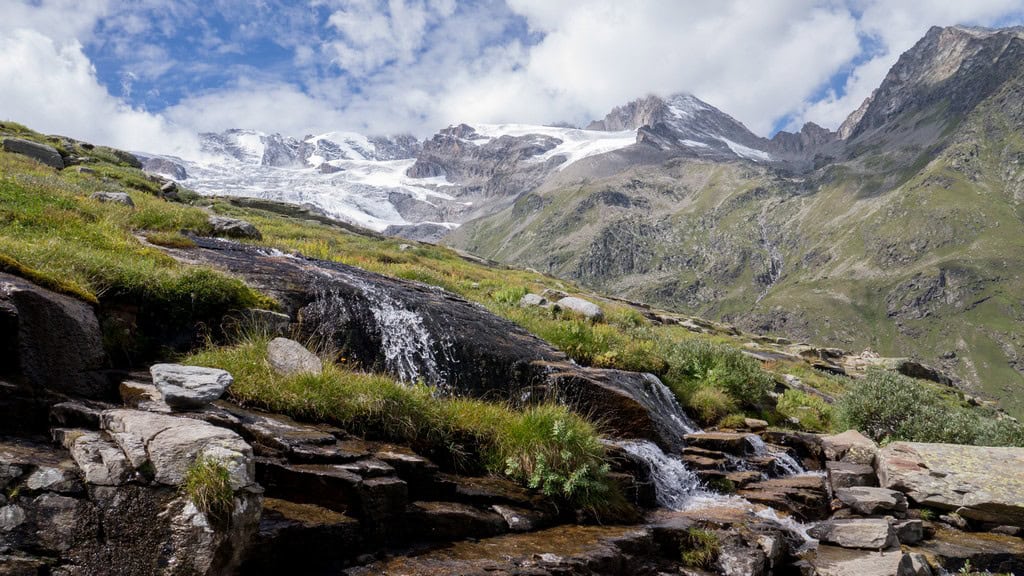
How Hard is it to Climb Gran Paradiso?
Climbing Gran Paradiso is considered a mild to moderate challenge by mountaineering standards. That is why it is often recommended as a first 4,000-meter (13,000-foot) peak for budding mountaineers. It is non-technical in nature, but requires good physical fitness and acclimatization to high altitude.
Tackling the mountain involves glacier travel as well as navigation of technical rock and ice sections. Climbers must be prepared for weather changes, potential crevasse dangers, and the physical demands of high-altitude climbing. To succeed, climbers should be able to use a mountaineering axe and walk in crampons, though basic training is usually provided when climbing with a guide.
What is the Success Rate?
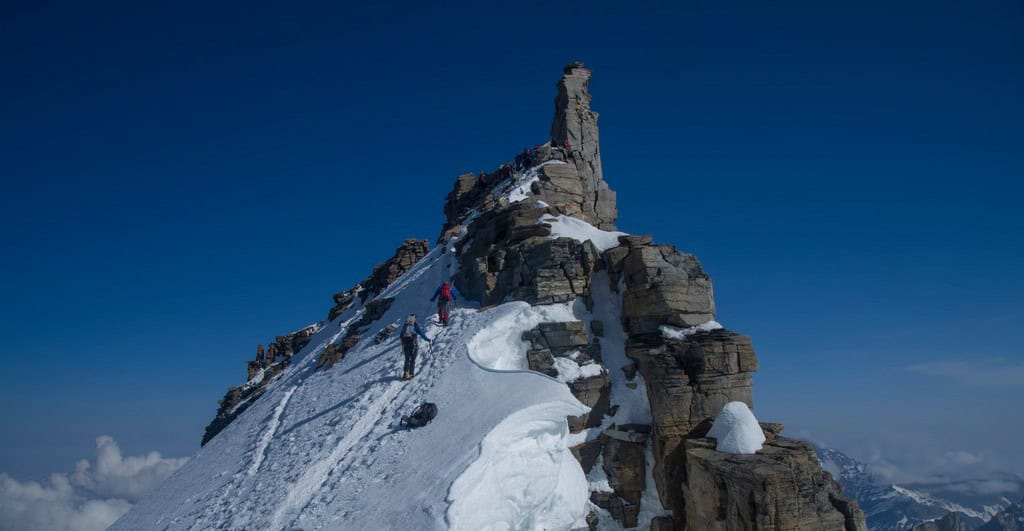
The success rate for climbing Gran Paradiso is about 60%. The chances of summit are fairly high, particularly in good weather conditions. The less technical nature of the climb contributes to the higher success rates compared to more demanding peaks like Mont Blanc or the Matterhorn.
How Dangerous is it to Climb Gran Paradiso?
Climbing Gran Paradiso presents some risks, though it is considered much safer than some of the other famous peaks in the Alps. Fatality rate figures are not readily available, but one can assume that it is quite low.
The dangers associated with climbing Gran Paradiso primarily include foul weather, altitude sickness, and inherent risks of glacier travel. Rock fall is a threat, particularly in warmer months when the freeze-thaw cycle can loosen rocks. Falls are a potential danger, especially in icy conditions or if the climber is fatigued, improperly equipped, or untrained.
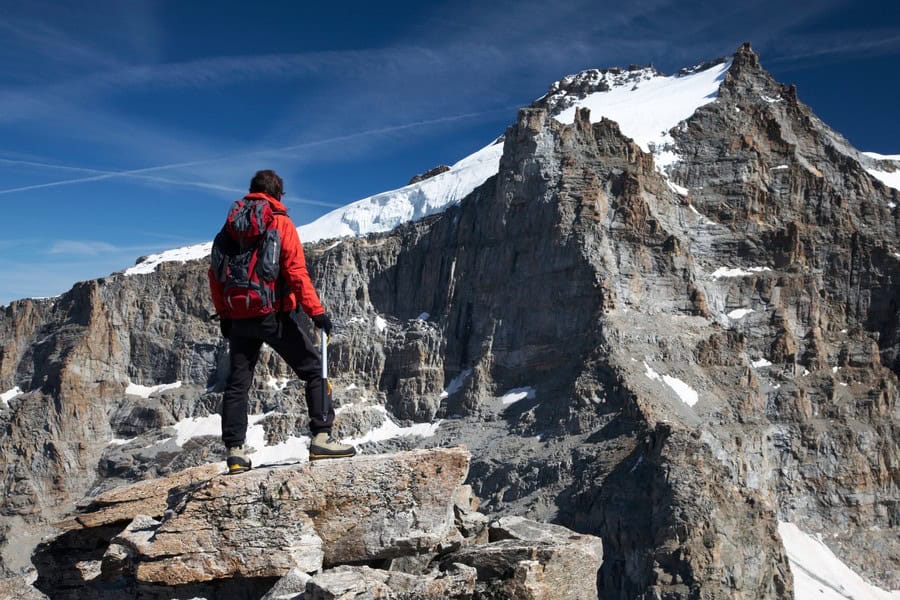
Can Beginners Climb Gran Paradiso?
Gran Paradiso is suitable for beginners who have a basic level of fitness and little to no experience in high-altitude hiking. It provides an excellent introduction to alpine climbing, offering a mix of moderate glacial travel and high-altitude exposure.
The peak is high enough to offer a genuine high-altitude experience but does not reach the extreme elevations of some of the higher Alps peaks, where more severe weather and thinner air pose greater challenges. The standard routes are less technical, making them an ideal learning environment for new climbers. Furthermore, the presence of well-maintained huts along the routes provides areas for rest and acclimatization. These facilities help mitigate some of the logistical challenges and risks.
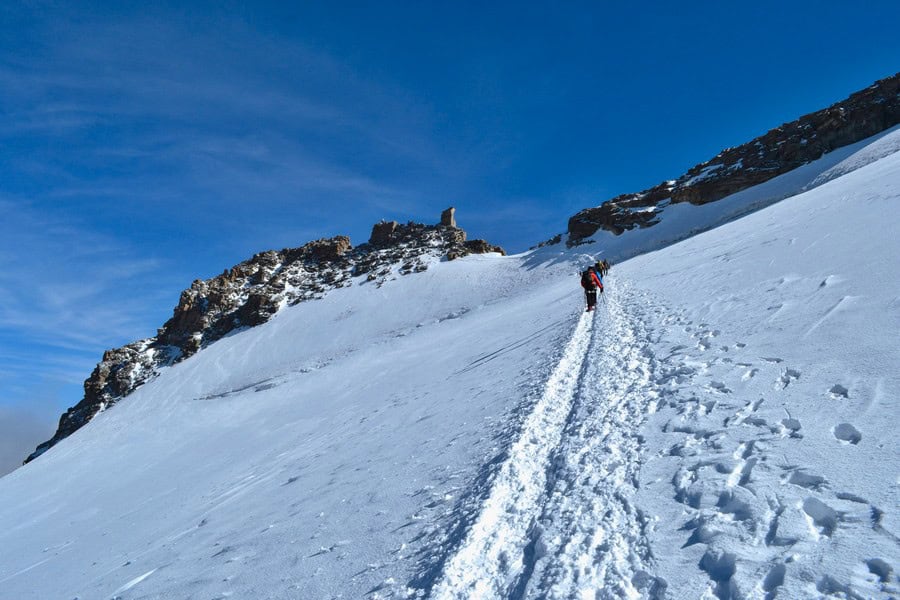
Who Was the First to Climb Gran Paradiso?
The first ascent of Gran Paradiso was made in 1860 by John Cowell. This achievement was one of the notable early successes in the history of Italian mountaineering during a period when the Alps were becoming a key focus of European climbers. Cowell’s ascent laid the groundwork for further exploration of the Graian Alps and encouraged the development of high-altitude mountaineering in Italy. The climb helped to highlight the Gran Paradiso area, leading to its eventual designation as Europe’s first national park in 1922.
How Many People Climb Per Year?
Approximately 20,000 people climb Gran Paradiso annually. Most climb during the summer months when the weather is the most favorable.
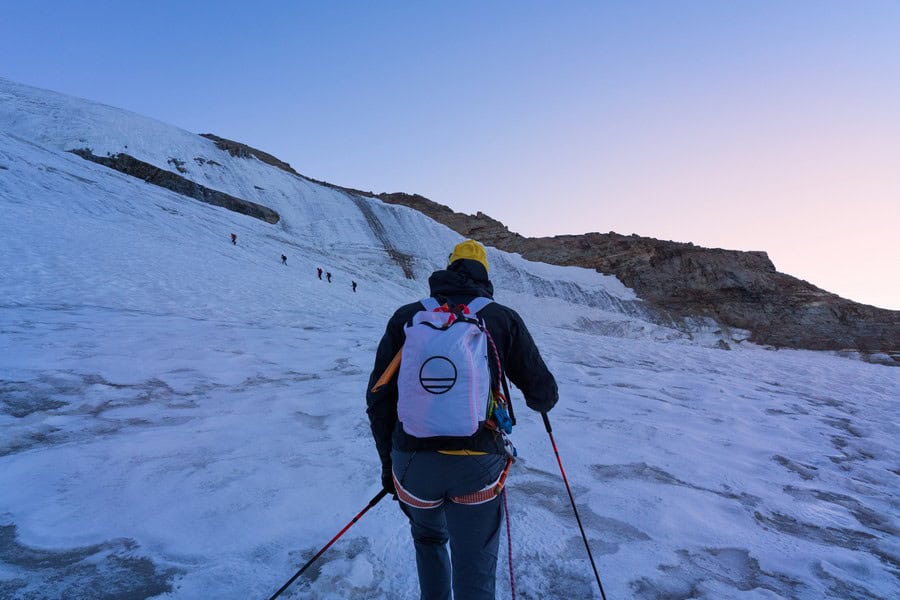
How Do You Train to Climb Gran Paradiso?
While the ascent of Gran Paradiso is regarded as one of the easiest climbs in the Alps, do not take it lightly. Due to the demanding nature and lengthy duration of the trip, a strong physical foundation is essential. Training for Gran Paradiso should include cardiovascular exercises to build stamina and strength training to prepare the body for the physical demands of climbing. Practical experience on smaller peaks is also beneficial, but not required.
What is the Best Time to Climb Gran Paradiso?
The best months to climb Gran Paradiso are from June to September. Note that the mountain is climbable for most of the season, with the exception of when it’s very icy.
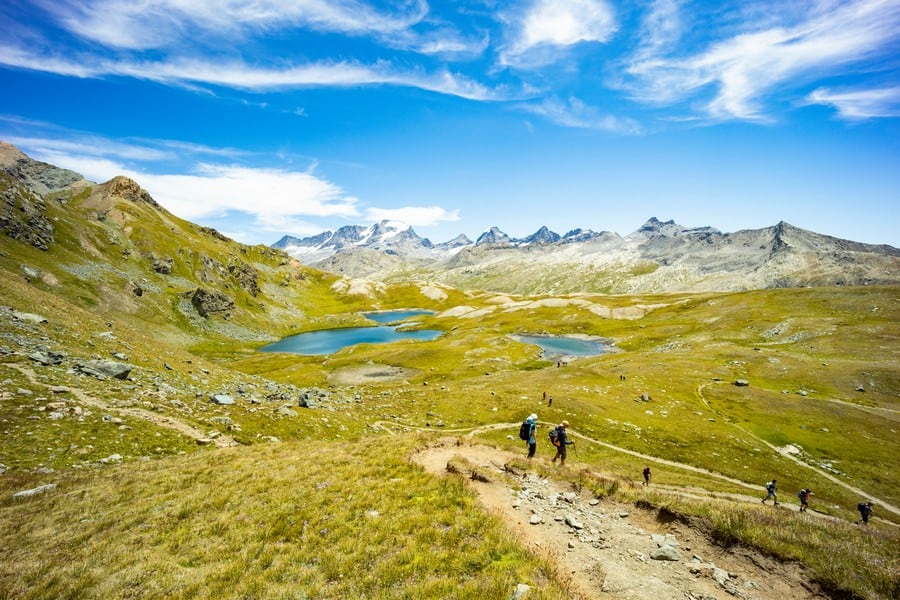
How Many Climbing Routes Are There on Gran Paradiso?
Gran Paradiso offers several routes, with the most popular being the standard route via the Vittorio Emanuele II Refuge. This route is well-traveled and equipped with several high-altitude huts that provide rest and shelter to climbers.
- Vittorio Emanuele Hut: This is a classic mountaineering route, primarily involving glacier travel with a rocky summit finish. The route is relatively straightforward, ascending gentle glacial slopes before tackling a steeper rock section near the summit.
- Chabod Hut: Similar to the route from the Vittorio Emanuele Hut, this approach also covers glacial terrain but offers a different perspective and challenges. It’s slightly longer and involves navigating through more complex glacier sections, making it a good option for those looking for a bit more adventure.
- Piccolo Paradiso Traverse: This more demanding route connects the Gran Paradiso with the adjacent Piccolo Paradiso, providing a high-level traverse that includes both peaks. This route is for more experienced climbers due to its exposure and the need for precise route-finding.
- Northwest Face: This is a severe alpine climb, featuring a steep, icy face that appeals to experienced climbers looking for a technical challenge. The route goes directly up the northwest face and is less frequented due to its difficulty and the greater skill level required.
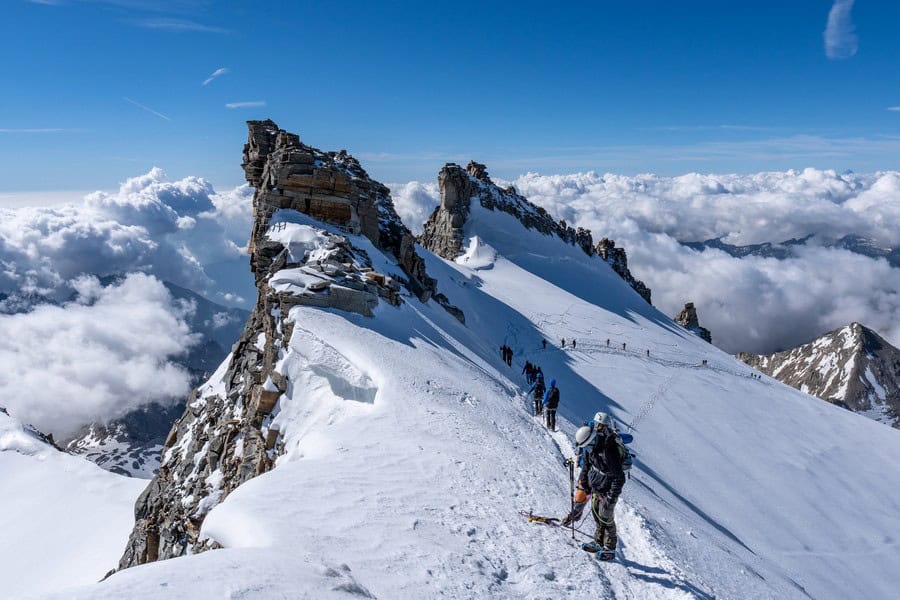
How Much Does it Cost to Climb Gran Paradiso?
The cost to climb Gran Paradiso generally ranges from $500 to $900 USD. This variation in price depends on several factors including the guide company, the route, and the accommodations.
How Does One Travel to Gran Paradiso?
International travelers usually fly into Turin, Italy (TRN) or Geneva, Switzerland (GVA)—the nearest major airports to Gran Paradiso. From there, travelers can drive or take a bus to the park’s gateway towns such as Cogne, Valsavarenche, or Pont in Italy. The journey from Turin by car or bus takes approximately 1.5 to 2 hours, providing a scenic route through the Italian countryside.
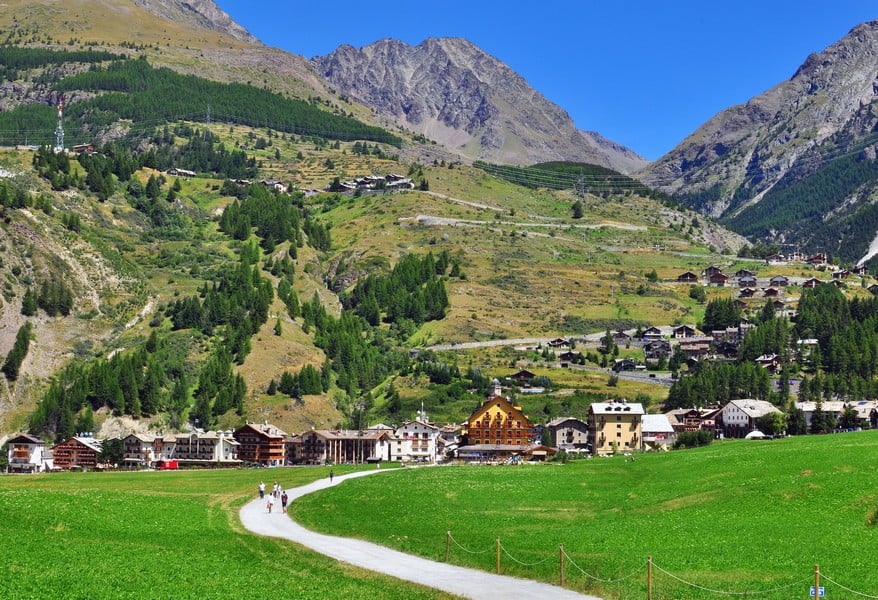
The towns surrounding Gran Paradiso offer a range of accommodations, from budget-friendly lodges to more luxurious hotels. Additionally, these towns are well-equipped to support climbers, offering equipment rental shops, guide services, and outdoor gear stores. These towns also feature a variety of restaurants, cafes, and stores, allowing climbers to gather supplies for their ascent or relax post-climb.
How Does Climbing Kilimanjaro Compare to Gran Paradiso?
Climbing Kilimanjaro and Gran Paradiso are very different challenges and experiences. While Kilimanjaro requires endurance for multi-day trekking at extreme altitude, Gran Paradiso demands technical skills associated with alpine climbing.
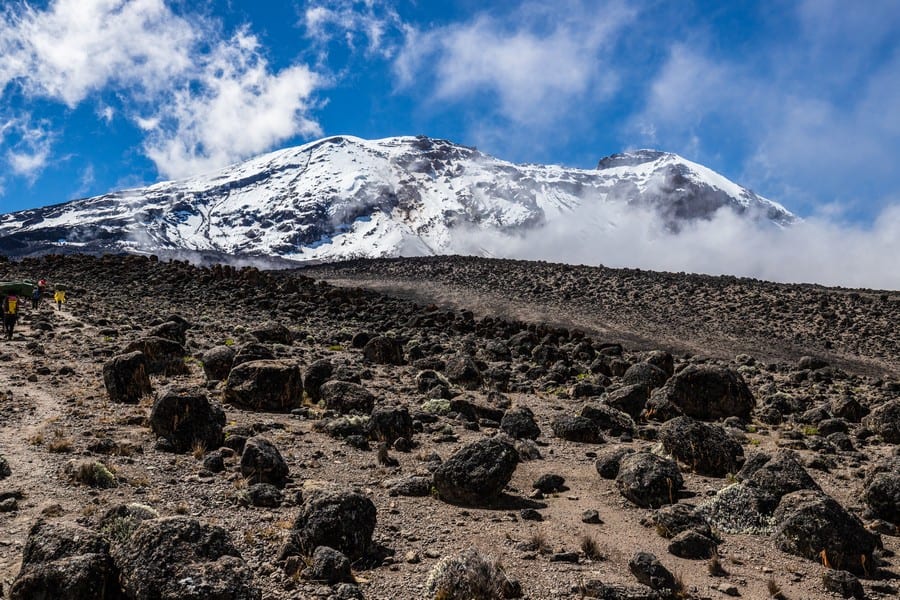
Kilimanjaro, located in Tanzania, is Africa’s highest peak at 19,341 feet (5,895 meters). Climbing Kilimanjaro is a trekking experience that does not require technical mountaineering skills. The routes to the summit are non-technical walk-ups that involve long days of walking at high altitude. The primary challenge is the altitude itself and the climber’s ability to acclimatize to prevent altitude sickness. Additionally, the summit day on Kilimanjaro is extremely long and physically demanding, typically starting at midnight and involving 10 to 14 hours of hiking.
In contrast, Gran Paradiso, at 13,323 feet (4,061 meters), is an alpine climb rather than a trek. The standard route involves glacier travel, and climbers must be able to use crampons and ice axes. While technically easier than other alpine climbs, it requires basic alpine mountaineering knowledge and a good level of physical fitness. The ascent includes navigating through crevassed glaciers and a final rocky ridge that demands scrambling abilities and has exposure to falls.
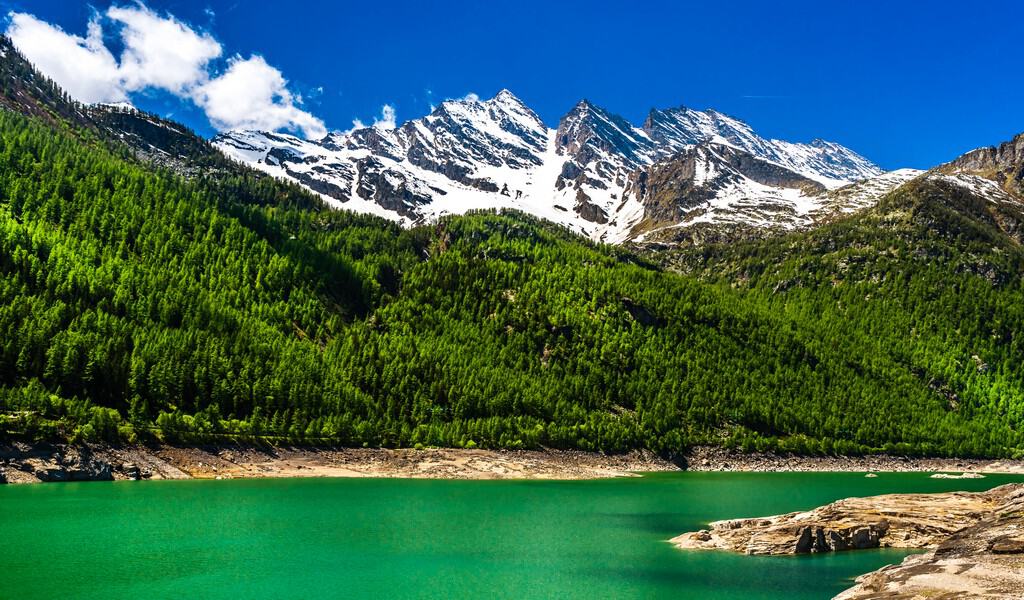
Both mountains are noteworthy in their own right but cater to different types of adventurers: Kilimanjaro attracts those looking to experience high-altitude trekking and possibly achieve a ‘Seven Summits’ goal, while Gran Paradiso is ideal for those looking to develop or hone basic alpine climbing skills in a spectacular setting.




























































